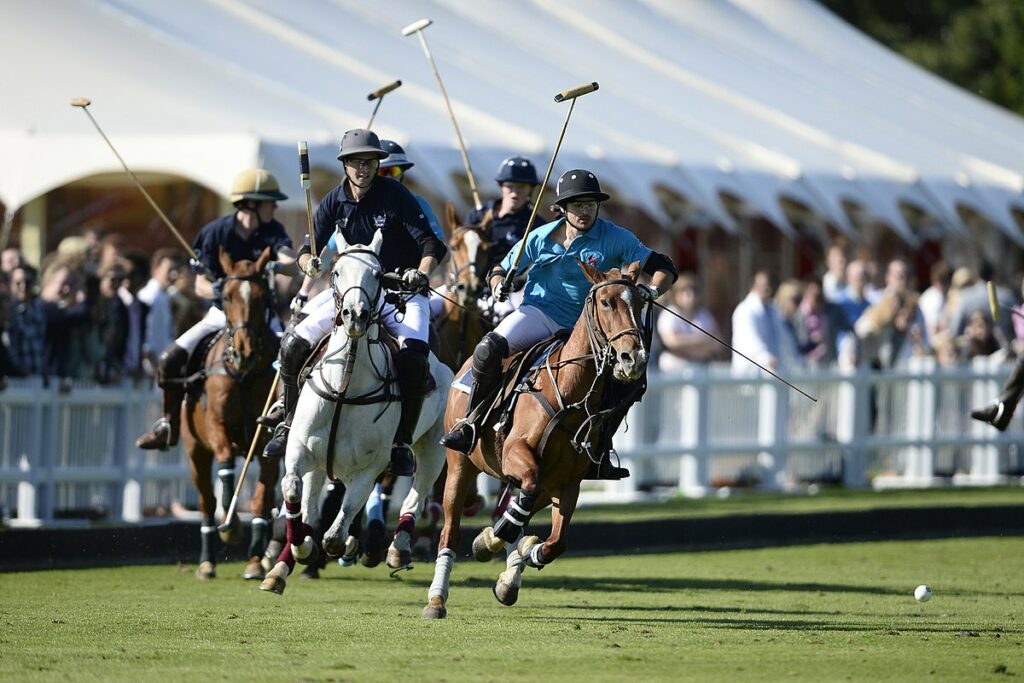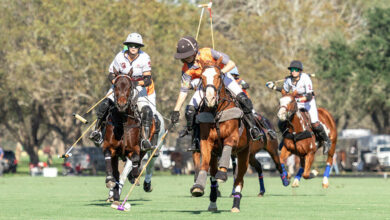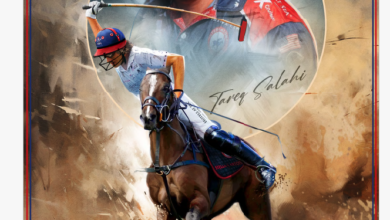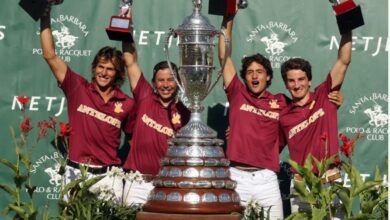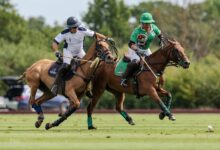
by Mauro Ramírez Physical Education Professor – Sports Coach
The traditional equestrian sport of polo demands from its athletes a level of strength and rotational and anti-rotational ability comparable to those of athletes in highly demanding disciplines, such as tennis or softball pitching . Polo players are constantly waging a “war” of stabilization and power on their horses. It would be a daunting task to begin listing the full range of physical resources and tasks that an elite (or aspiring) polo player must develop. For this reason, the focus of this article is core training , analyzed from different perspectives: physiological, biomechanical, current practices, and the ideal approach.
1. Physiological Aspect: Redefining the “Core”
The core is much more than just the front six -pack . This integral area includes the rectus abdominis (the classic six -pack ), the internal and external obliques , the quadratus lumborum , the diaphragm , the pelvic floor muscles , and the multifidus . Seen this way, the picture changes and forces us to look for training alternatives that strengthen this entire muscle group, not just the front of the abdomen. Its primary function is to generate stability before any movement of the upper or lower extremities occurs.
2. Biomechanics: The Core as a Link in the Kinetic Chain
In polo, the core serves not only as a stabilizer, but also as a crucial link in the “kinetic chain” (Steindler, A. 1955). The theory that body segments are connected and move in a predictable sequence suggests that if one link in that chain fails (due to weakness or instability), the sequence is disrupted, resulting in poor performance.
The cue ball strike ( taqueo ) does not depend solely on the shoulder. While it is the part of the body that executes the strike, the power (given that the goal is to move a light object at the highest possible speed, according to the force-velocity curve of Zatsiorsky & Kraemer, 2006) comes from a larger and stronger muscle group: the lower body. The ideal acceleration sequence for energy transfer would be: Hip → Core → Shoulder → Arm → Cue. The core is responsible for transferring and modulating that power.
3. Common Practices: What is Done?
Specific literature on polo training is virtually nonexistent. Based on the information gleaned from social media and player training websites, we observe a repetition of exercises such as classic crunches or static planks .
While these exercises activate the core, they do not do so to the full extent required by the sport. Polo players are constantly battling to stabilize themselves on the horse, which requires anti-extension, anti-lateral flexion, and anti-rotation. Therefore:
- A crunch is not the ideal exercise because there is no full trunk flexion in the context of the mount.
- A static plank does not reflect the dynamic and unstable nature that the polo player experiences during a game.
4. Improvement Proposal: What Should Be Done?
The opinion of the author of this article, a physical education teacher, is clear: core training must be approached in a comprehensive and functional manner. It is imperative to move from isolation exercises to those that replicate the specific physiological and biomechanical demands of polo, but with progressive difficulty to ensure adaptation and improvement in the polo player’s body.
My proposal focuses on two axes:
A. Development of Stability and Functional Anti-Movement
The focus should be on the core’s ability to resist external forces (anti-extension, anti-lateral flexion, and, crucially, anti-rotation), simulating the instability of the frame and impacts in the game.
Dynamic Planks and Support Variations: Implement planks that involve limb movements (arms or legs) or use unstable bases (such as medicine balls). This requires the core to actively stabilize the spine.
Specific Anti-Rotation Work (e.g., Pallof Press): This exercise, performed standing or in postures that simulate dissociation of the hip and torso, directly trains the core’s ability to avoid excessive rotation when striking or colliding.
Hip Raises and Crossover Patterns: Strengthen the posterior chain (glutes and lower back) and work on coordination with exercises that involve crossover patterns, balancing the torso while the extremities move in a coordinated manner.
B. Integration into the Kinetic Chain and Power
Here the objective is for the core to transfer the force generated in the lower body to the strike, promoting maximum economy of movement (Münsterberg, H. 1913).
Medicine Ball Throws: Perform rotational and explosive throws, both single-leg and double-leg, at different angles. These exercises require the core to control and accelerate the ball’s mass, maximizing the transfer of force.
Diagonal Pulldowns with Resistance: Use pulley or band exercises that involve diagonal flexion-extension and rotation movements through the torso. These exercises mimic the movement patterns of tackling but with added resistance, forcing the core to integrate as the primary force mediator between the hip and shoulder.
In short, we must move polo players away from traditional abdominal work, not in isolation but in an integrated manner with all the parts that make up the core, and move them toward a training that prepares them for the constant battle of stabilization and rotational power they face on horseback.
Contact : Mauro Ramírez Physical Education Professor – Sports Coach mauroagustinramirez8@gmail.com for more information.
